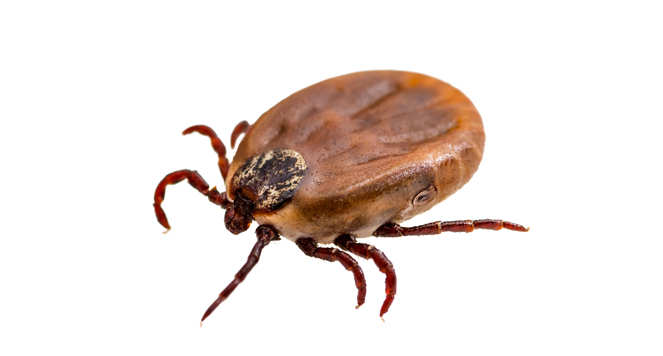Important considerations when travelling with your pet
Introduction
When we travel to certain holiday destinations medical advice often includes information on diseases which can be spread by biting flies, mosquitoes and ticks (arthropods) such as Malaria.
Visitors often have none of the natural immunity that helps to protect the native population from infection and so are at greater risk. Exactly the same applies to our pets, especially dogs, and they are often more likely to get bitten than humans.
Increased mobility of pet animals, especially dogs, with their owners travelling through "at risk areas" and back home has resulted in geographic spread in mainland Europe.
Increasing contact of pet animals and their owners with "at risk environments". Increased accessibility of traditional wilderness areas has occurred and also there has been an increase in wildlife carriers for these diseases e.g. deer and foxes.
Some of the arthropods are particularly good at adapting to new climates. Ticks are a prime example and they will find special niches in which to survive almost any weather condition. Add to this the general tendency for temperate areas of Europe to become warmer and wetter, which helps spread the fly and mosquito populations.
Secondly, there are also new arthropod-transmitted diseases being reported which affect humans and their pets, especially in the temperate (non-tropical) areas of Europe.
What are the main arthropod-transmitted diseases that could infect travelling pets?
The main arthropod-transmitted diseases for dogs (and cats) in Europe are:
- Babesiosis: transmitted by tick bites
- Ehrlichiosis: transmitted by tick bites
- Heartworm disease: transmitted by mosquito bites
- Leishmaniasis: transmitted by sand fly bites
What is Babesiosis?
What is Babesiosis?
The organism causing this disease is a small protozoan parasite that, after being injected by the tick bite, invades red blood cells. This causes severe and sometimes life-threatening anaemia, shock organ failure and jaundice, as well as fever. There are many types of Babesia organisms, two affect dogs, the most important in southern Europe being Babesia canis. However, cats, horses, cattle, humans and wildlife may be susceptible to other types. They are all spread by ticks.
What is Erlichiosis?
What is Erlichiosis?
The cause of this disease is a bacterial organism which, after being injected by an infected tick bite, invades the white blood cells and interferes with blood clotting. It causes fever, lameness due to arthritis, severe bleeding and bone marrow problems. There are several types of Ehrlichia. The most common type in southern Europe only affects dogs but in northern and eastern Europe, a newly recognised type of ehrlichiosis spread by infected ticks affects dogs, cats, humans and horses.
What is Heartworm disease?
What is Heartworm disease?
The organism causing the disease is the nematode worm Dirofilaria immitus which is injected by the mosquito and then travels to the major artery from the heart to the lungs; the pulmonary artery. The disease is characterised by coughing, breathing difficulties and heart failure which can occur from the damage to blood vessels of the lungs and heart. Transmission to humans by infected mosquitoes is extremely rare and it cannot be spread directly from pets.
What is Leishmaniasis?
What is Leishmaniasis?
The organism causing this disease is a small protozoan parasite which is injected into the skin by sand-fly bites and then travels throughout the body. The disease affects many organs. Besides weight loss and fever, it causes kidney and eye disease, ulceration of the skin and lameness caused by arthritis. Transmission of the disease to humans by infected sandflies can occur but direct transmission from infected dogs to humans is not reported.
Transmission of the disease to humans by infected sandflies can occur but direct transmission from infected dogs to humans is not reported.
Diagnosis
Although some of these diseases cause signs of illness within a few weeks after a bite, the real problems may come many months or years after the animal has returned home. This long incubation period means that a history of travelling is very important information. The arthropod transmitted diseases are also great impersonators; they look like other diseases which are more familiar.
Diagnosis is often difficult because the organisms tend to "hide" or become "occult". However, there has been great development in tests for heartworm disease and these should be readily available from laboratories in the UK. Traditional serological tests are available for the other diseases, but these have a number of disadvantages. Tests based on detecting the DNA of micro-parasites in blood using PCR (the polymerase chain reaction) are now available, such as those offered by the Molecular Diagnostic Unit at Langford Vets.
Can these diseases be treated?
Yes, but the treatments are difficult and may have to be imported into the UK. Each of these diseases has a completely different treatment and the outcome is different in each case.
Unfortunately, as in some human cases of malaria, some pets may become permanently infected with a disease and relapse during periods of stress.
Can these diseases be prevented?
Yes. Please contact your veterinary surgeon for details.


